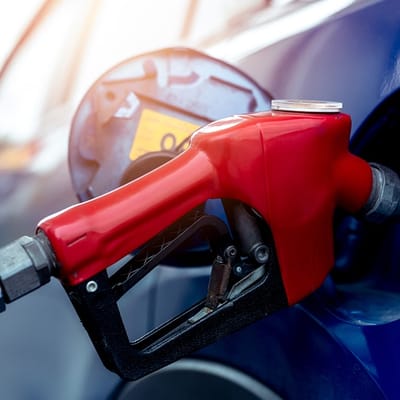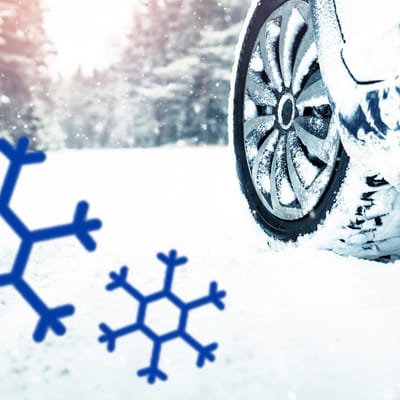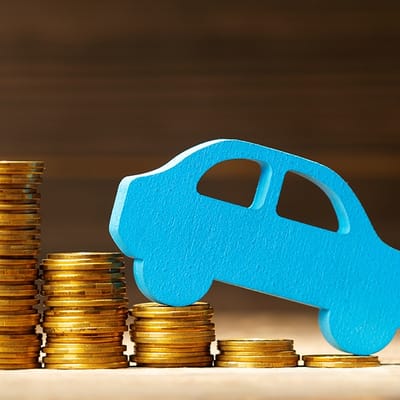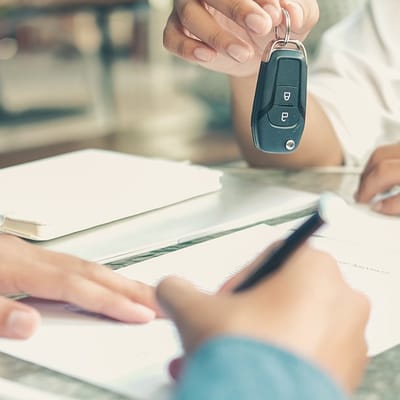- SolutionsWith a strategic solution that works for you and your business, you can unlock revenue-generating opportunities and begin managing your fleet as an investment.Overview
- About UsWhen Holman was founded in 1924, we set something positive in motion. Our consistent focus on people and our commitment to integrity make us who we are today.Overview
 Join Our TeamWe’re not just in the automotive business, we’re in the people business. Join us for the ride.Browse Careers
Join Our TeamWe’re not just in the automotive business, we’re in the people business. Join us for the ride.Browse Careers
8 Tips to Increase Fuel Efficiency for Fleets
Holman Marketing
June 13th, 2022
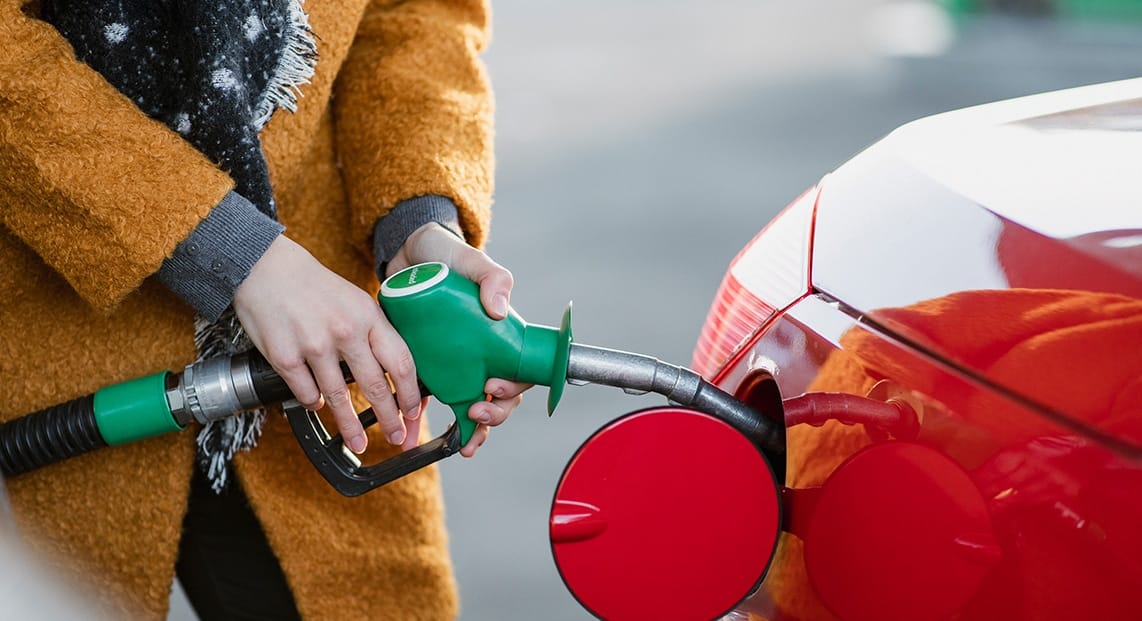
Over the last few months, fuel costs have skyrocketed across the US. Adjusting to the spike in prices has been difficult, leaving many to wonder if and when relief will come. While it’s tough to pinpoint when prices will drop or regain consistency, there are a few actions you and your fleet drivers can take to help save on fuel in the meantime.
Consider these 8 simple tips to help increase fuel efficiency.
1. Stay up-to-date with vehicle maintenance
Keeping up with scheduled service appointments and preventive maintenance can help position your vehicles to achieve better fuel economy. A vehicle that is well-maintained will perform its best all-around, saving you money in the long run.
2. Regularly monitor tire pressure
Under-inflated tires cause vehicles to work harder in order to move forward, ultimately increasing fuel consumption. By routinely checking tire pressure, ensuring that it matches the value recommended by the vehicle’s manual, you can avoid extraneous use of fuel.
3. Keep a consistent pace
Sudden acceleration and drastic fluctuation between speeds can quickly eat away at your fuel. Encourage your drivers to travel at a consistent pace, keeping a light foot on the pedal throughout their ride. Proactively scanning the road ahead for factors that may require speed adjustments will help them to anticipate what’s coming sooner. Then if a change in speed is necessary, they have the ability to make a gradual transition instead of one that’s abrupt and gas-guzzling.
4. Eliminate unnecessary resistance
Driving around with open windows or carrying extra cargo? How about empty roof racks or decorative flags? These things, though seemingly harmless, can add drag to your drive and decrease your miles per gallon. Try to limit the amount of items kept on board to avoid negatively impacting your fuel economy.
5. Minimize use of AC and heat
Air conditioning and heat rely on engine power. Blasting either of them while driving can increase fuel consumption. When possible, opt to keep the heating and cooling systems turned down or off, but be sure you’re appropriately dressed for the weather!
6. Don’t leave your engine idling
As tempting as it can be to keep a car running while making a pit stop, leaving an engine idling wastes fuel. Remind your drivers to turn vehicles off whenever they plan to make a stop, even if it’s just for a few minutes.
7. Plan ahead
Before hitting the road, determine the best route to reach your destination. Planning ahead will allow your drivers to choose the path with less traffic and stops so that the journey is as fuel-efficient as possible. While planning, also look out for opportunities to combine trips, making one round trip rather than several short ones. Doing so will lessen the amount of fuel used.
8. Use data to gain actionable insights
For fleets using connected vehicles and telematics devices, gathering and analyzing data received around driver behavior, vehicle performance and fuel card usage will make all the difference. Being able to access this information in real time means you can immediately identify what factors are impacting fuel spend and use that knowledge to adjust your actions and fleet strategy accordingly.
If you’re hoping to limit trips to the gas station and achieve better fuel efficiency overall, keep the above practices in mind.
To stay up to date with industry news, subscribe to the Morning Brake. And remember, when it comes to automotive, Holman has you covered, no matter the need. Contact us today.
Next Post
Navigating Capital Spend And InvestmentRelated Resources
Explore more related industry news, insights, and developments.





